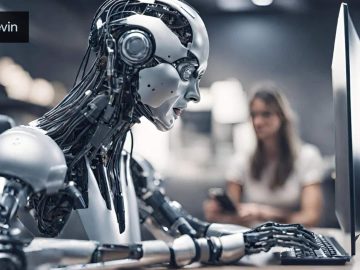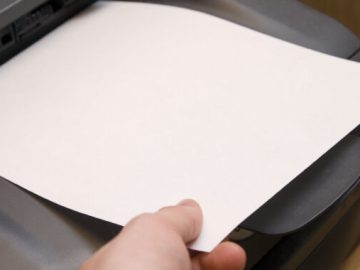This is an era of advanced technology. We have stepped into the world of Artificial Intelligence (AI) and it has revolutionized content creation process. It is not to turn to oblivion that opportunities are not without challenges. The same is true with AI as the models like Natural Language Generation (NLG) and Generative Adversarial Networks (GANs) have become more sophisticated. However, distinguishing between AI-generated and human-crafted content is important with respect to maintaining authenticity and trust as well. Let us understand how to check whether the content is written by human or generated by an AI model.
Understanding Impact of AI on Content Creation
AI-driven technologies have significantly streamlined content creation processes. The tools can generate text and it can almost perfectly mimic human language. The tools can even produce visual art that rivals traditional techniques. It is true that AI offers efficiency and scalability, but it is also a rising concern related to authenticity and ethical implications.
Key Indicators of AI-Generated Text
AI-written content follow certain patterns and characteristics. Noticing the patterns and characteristics can help in differentiating from human-written text. Below are some indication to check free ai detector:
- AI-generated text usually lack variability. It features repetitive phrases. It follows a consistent style throughout the content.
- AI algorithms produce text with least grammar and typing errors. This reflects machine-generated content.
- AI relies on existing data available online. Hence, it lacks original insights. Human-written content incorporates personal anecdotes, emotions and creative interpretations.
Tools and Techniques for Detection
Detecting AI-generated content is important and below are the techniques to find out whether the content is generated or written by human:
- Platforms like Copyleaks, GPTZero and Originality.ai helps in detecting the patterns and thereafter compare the text against databases of known AI-generated content. The tools help in verifying the authenticity of the content.
- Human can examine the style and tone to identify anomalies. Variations in language complexity, sentence structure and emotional depth can be an indication.
- If the content is related to academic or research work, it is suggested to check citations and references. Human researchers provide detailed citations to support the arguments while AI may cite irrelevant references.
Identifying AI-Generated Art
The impact of AI extends beyond just texts. It has similarly invaded the visual art segment. It can easily replicate and create images with precision. Below are some tips to identify AI-generated:
- AI-generated images are equipped with overly smooth textures. These have pixelated elements. Airbrushed appearances and uniform brush strokes are common across the image.
- Some AI platforms add watermarks to the generated images to indicate the source. Hence, it can be easily distinguish whether the art is AI-generated or human-created.
- Human artists draw inspiration from personal experiences. Hence, the artwork reflects unique perspectives as well as artistic depth. AI-generated art lack creativity and emotion.
Ethical Implications of AI in Content Creation
AI is further evolving. Ethical considerations surrounding its use are important. It is important to ensure transparency, accountability and of course preservation of human creativity. It is simultaneously important to maintain trust as well as integrity in the digital environments.





